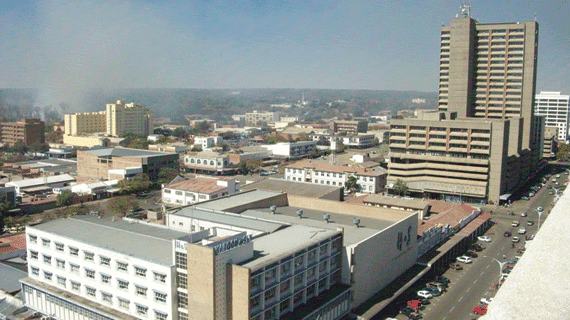Over eighty percent of Bulawayo residents are considered to be poor, surviving on less than ZWL$500 per month, the Bulawayo City Council (BCC) has revealed.
This came out during a City Master Plan review meeting where the local authority also revealed that about 20 percent of residents survive on less than ZWL$150 per month.
“This population that we are talking about is poor, the bulk of the population is poor, for example, our study has revealed that about 83 percent of the population is living on a minimum of less than ZW$500 and this figure is for last year,” said Job Jika Ndebele, a consultant, who worked on the city master plan review.
“…about 20 percent of the households in suburbs live below ZW$150 per month, so these are some of the findings which we got”.
Informal employment has become the major source of livelihood in the city, with employment patterns changing drastically over the years.
“Employment patterns have changed markedly over the period of the current masterplan. In the 1930s formal employment was dominant as an employment category. It is now clear that even if Bulawayo experiences economic growth informal employment will remain the major, if not the major type of employment,” said Ndebele.
On the population figures, the local authority once again disputed official government statistics which put the population in the city at just over half a million.
According to the 2012 census figures compiled by ZimStat, population figures in the country`s second largest city stood at 653 337.
However, the local authority has always disputed those figures insisting that the population stood around 1.2 million people.
“In terms of population numbers, ZimStat in 2012 was saying the population is around 600 000, City Council was saying it is about a million, town planners, the master planner was saying by 2015 the population will be 1. 5 million,” said Ndebele.
“In terms of the population growth, there is some agreement in the numbers, the master planner is saying the population should grow in the next 15years by 387 (000) to 390 000 people to reach between 1.2 and 1.5 million.”
Ndebele added that deindustrialisation was a major challenged in the city and there was a need to come up with new ways of unlocking new investments.

